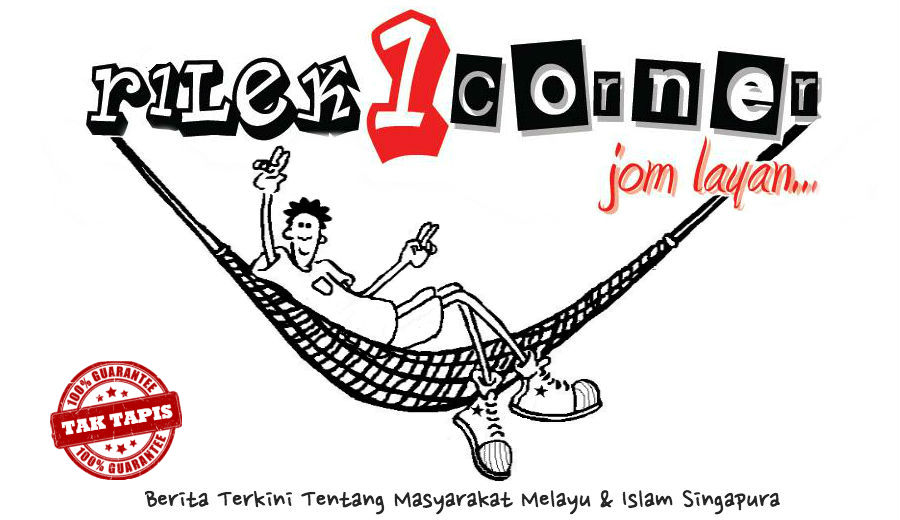Living paycheck to paycheck is not only stressful – it’s dangerous. Here’s how to stop and turn your finances around.
If your paycheck seems to vanish as soon as it arrives, and you find yourself surviving on Maggi mee toward the end of the month – you have a problem. Specifically, you’re living paycheck to paycheck.
Not only is it stressful; it’s dangerous. A single emergency, such as retrenchment, will send you neck deep in debt. Here’s how to break the habit:
1. Always pay yourself first
Before you start spending your money, make sure 20 per cent goes into your savings. We know the CPF does this for you already, but you can’t take out your CPF money easily. It’s important to have an emergency fund that you can tap into when you need.
So the moment you get your pay, take 20 per cent and put it in a separate savings account. You’ll want to keep doing this until you accumulate six months worth of savings (however long that takes).
Having an emergency fund means you won’t need to resort to loans in a crisis. It also gives you the confidence to make critical decisions, such as switching jobs or starting up a small side-business.
2. Reduce your loan interest
If you find that almost all your money goes into repaying loans, it’s time to reduce the interest rates. One simple way to do this is to use a balance transfer to pay off a credit card completely, or to use a personal instalment loan to pay off higher interest debts.
For example: Say you owe $5,000 on a credit card, which has an interest rate of 24 per cent per annum. You could take a personal instalment loan for S$5,000, at just six per cent per annum. You then pay off the credit card with the personal loan. This would effectively reduce your interest rate from 24 per cent to just six per cent.
If you use a balance transfer, you might be able to get deals that reduce your debt to zero per cent interest for six months. This makes it considerably easier to pay off the amount owed. You should stop using a credit card or credit line after making a balance transfer to pay it off, or using a loan to do so.
3. Find an expense tracking method that works for you
What gets measured gets managed. If you track your expenses, you are less likely to overspend.
Here’s the tricky part: the same tracking method won’t work for everyone. For some of us, having an Excel spreadsheet does the trick; the rest of us need methods such as sticky notes or phone apps. Experiment with the methods available, from writing things down to using phone apps. Stick to the one that feels most intuitive.
This is the first step to developing a functional budget. Which leads to the next issue.
4. You need a budget, but forget the rigid methods
The easiest and most effective way to budget is to deduct 20 per cent of a particular expense. For example, if you spend S$1,200 a month on food, see if you can cut it down to S$960. Do this by setting aside $960 in your food budget, and then storing the excess S$240 in savings. You are free to spend the S$960 on food any way you choose – but when you run out, you’ve run out. No cheating and tapping your savings to pay for more. This method is usually more effective than trying to plan out the dollar value of each and every meal.
Because we are human beings and not companies, it is not natural for most of us to stick to corporate-style budgets, where the exact amount of each expense is predetermined.
Try to use this method for two or three categories in which you spend the most (e.g. food, travel, and clothes). If you fail to keep the budget in one, you may still succeed with the others.
5. Stop automating payments
If you have automated payments, such as for gym memberships, MMORPG subscriptions, or clubs, we suggest you cut them off. You should always be aware of what you’re paying, and how much you’re paying for them. This will remind you to stop forking out money for services or goods you don’t actually need.
On the other hand, you do want to automate your savings if possible. The reason your CPF seems so huge is because the 20 per cent is deducted for you – out of sight, out of mind.
6. Tighten your belt the first week you receive your pay
Make a pledge to do minimal to no shopping, on the very first week you receive your pay. The only thing you should do that week is transfer money into your savings account and repay any due debts. This will help to break the habit of overspending in the first week, and then needing loans or credit to get you through the rest of the month.
It will also prevent you from needing an advance, something that employers look on negatively as it affects their payment process.
7. Let someone else do the shopping
As a last resort, if you truly cannot control your spending, consider letting someone else do the shopping.
Get a spouse, parent, or close friend who is willing to help, and give them a fixed shopping list. Pass them the cash to do the shopping for you, so you don’t get tempted.
You can still indulge in the occasional bit of shopping. During the LAST week of the month, if you have a surplus, you may take the money and go shopping yourself. However, you should not bring any credit cards, lest you be tempted to rack up debt.
Source: http://business.asiaone.com







